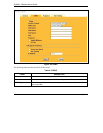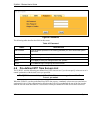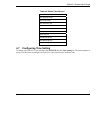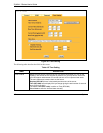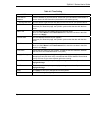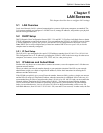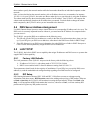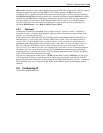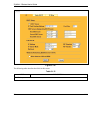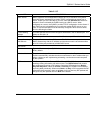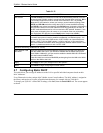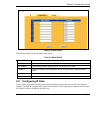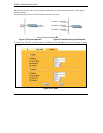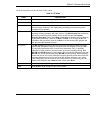
ZyWALL 2 Series User’s Guide
5-2 LAN
three numbers specify the network number while the last number identifies an individual computer on that
network.
Once you have decided on the network number, pick an IP address that is easy to remember, for instance,
192.168.1.1, for your ZyWALL, but make sure that no other device on your network is using that IP address.
The subnet mask specifies the network number portion of an IP address. Your ZyWALL will compute the
subnet mask automatically based on the IP address that you entered. You don't need to change the subnet
mask computed by the ZyWALL unless you are instructed to do otherwise.
5.4 DNS Server Address Assignment
Use DNS (Domain Name System) to map a domain name to its corresponding IP address and vice versa. The
DNS server is extremely important because without it, you must know the IP address of a computer before
you can access it.
The ZyWALL can get the DNS server addresses in the following ways.
1. The ISP tells you the DNS server addresses, usually in the form of an information sheet, when you sign
up. If your ISP gives you DNS server addresses, enter them in the DNS Server fields in DHCP Setup.
2. If the ISP did not give you DNS server information, leave the DNS Server fields in DHCP Setup set to
0.0.0.0 for the ISP to dynamically assign the DNS server IP addresses.
5.5 LAN TCP/IP
The ZyWALL has built-in DHCP server capability that assigns IP addresses and DNS servers to systems that
support DHCP client capability.
5.5.1 Factory LAN Defaults
The LAN parameters of the ZyWALL are preset in the factory with the following values:
IP address of 192.168.1.1 with subnet mask of 255.255.255.0 (24 bits)
DHCP server enabled with 32 client IP addresses starting from 192.168.1.33.
These parameters should work for the majority of installations. If your ISP gives you explicit DNS server
address(es), read the embedded web configurator help regarding what fields need to be configured.
5.5.2 RIP Setup
RIP (Routing Information Protocol, RFC 1058 and RFC 1389) allows a router to exchange routing
information with other routers. RIP Direction controls the sending and receiving of RIP packets. When set
to Both or Out Only, the ZyWALL will broadcast its routing table periodically. When set to Both or In
Only, it will incorporate the RIP information that it receives; when set to None, it will not send any RIP
packets and will ignore any RIP packets received.



